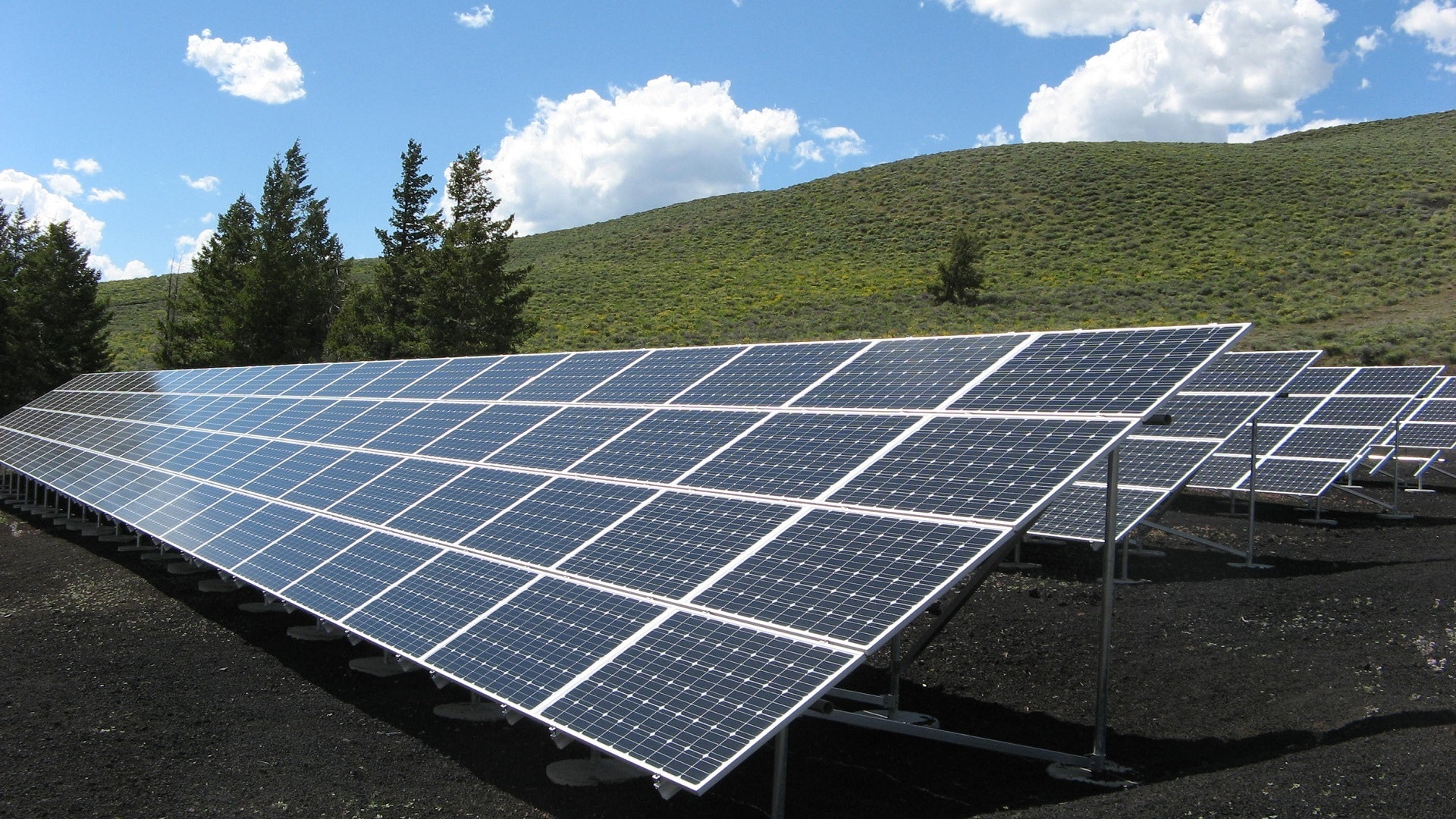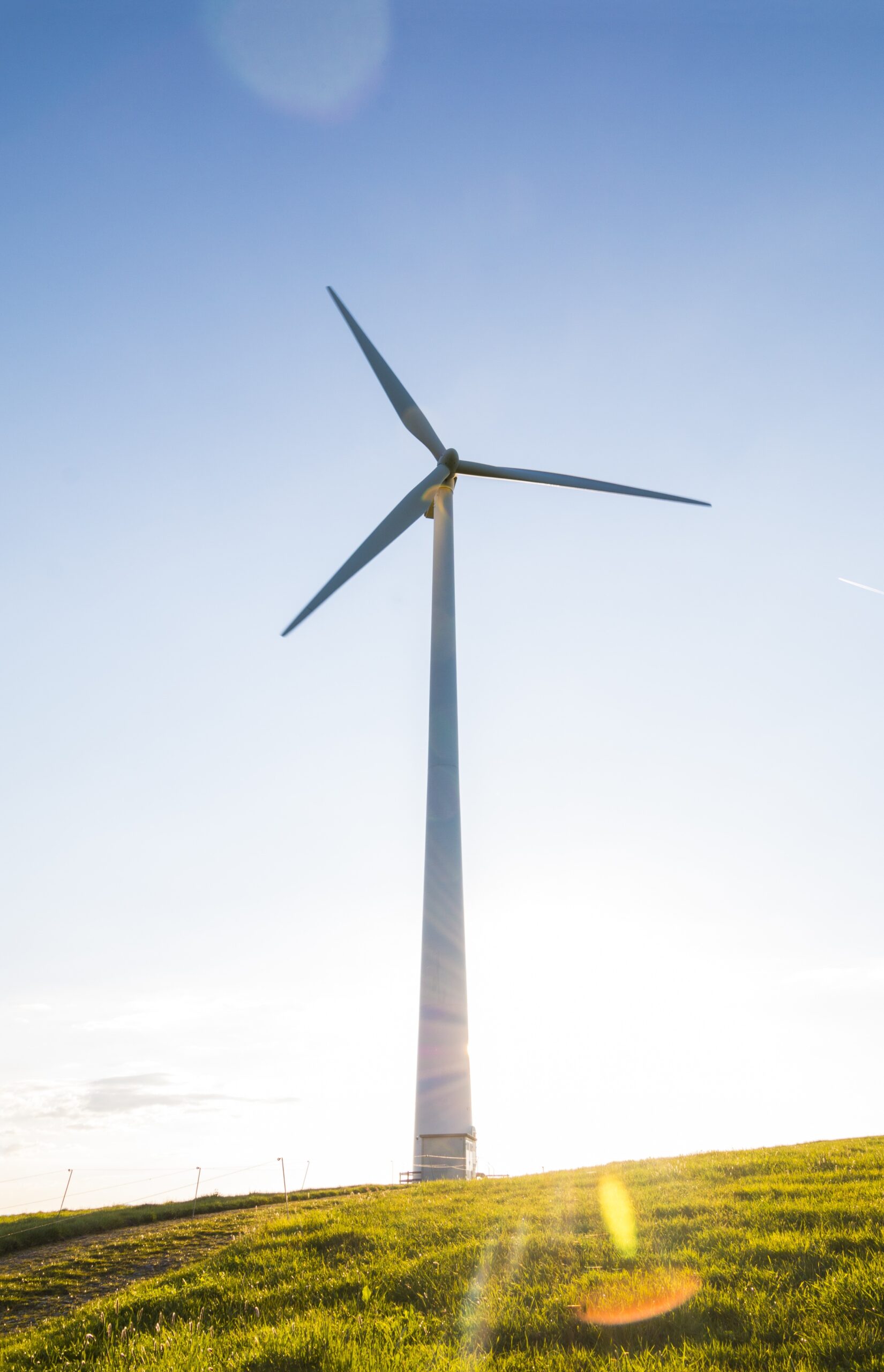
When discussing ways to reduce our environmental impact, the term “Green Technology” or “Green Tech” might pop up in conversation from time to time. Green Tech, how it’s different from other environmentally conscious technologies, and some examples of Green Tech that are driving innovation.
What is Green Tech?
Green Technology is a term that encompasses any technological process, product, or method that accounts for making the most minimal impact on the environment and its resources. Some examples of Green Tech might already be part of your everyday life, like solar panels on your calculator, LED lighting equipment, or wind turbines in your town. In recent years, more innovations have been made that qualify under Green Tech. Do you know all of them?
How is the term Green Tech different from other environmentally friendly technologies?
But before we give you examples of new innovations in the world of Green Tech, let’s clear up some differences between Green Tech and other eco-friendly technologies. Clean Tech is a term that is typically used interchangeably with Green Tech, but it has slightly different While Green Tech is all about using the minimal resource usage, Clean Tech focuses more on efficient resource usage. Clean Tech also focuses on more specific natural resources like energy, water, and air while Green Tech encompasses all areas of nature.
Climate Tech is another category that gets mixed in with the likes of Green Tech and Clean Tech. It is worth remembering, however, that the terms used above don’t have strict guidelines.
What are some notable examples of Green Tech?
Carbon Capture and Storage

One of the major environmental issues we currently face is climate change. The main reason for warming related climate change is the overabundance of greenhouse gases in our atmosphere. Carbon dioxide is particularly problematic as it is involved in many of our daily lives that involve energy from Fossil fuels. Thankfully, scientists have found a way to combat the excess presence of CO2 through a technology dubbed Carbon Capture and Storage or CCS.
As its name suggests, CCS involves capturing the CO2 emissions from various technological processes and then storing it long-term, usually underground. Aside from reducing the amount of free CO2 in the atmosphere, the sequestered gas can also be sold and reused for other products, effectively lessening the environmental impact of product manufacturers.
Biomimicry

Some experts believe that the solution to our current problems with the environment can be found in nature itself. Taking this idea, scientists have developed new technologies with the concept of biomimicry at its centre. Biomimicry, that is, is the concept of using and mimicking nature to produce innovative and efficient solutions to modern problems.
Not only is it interesting to learn about the ingenious way that the nature around us operates, biomimetic technologies are often times more environmentally friendly as well. One example of this is the Japanese bullet train, also known as the shinkansen. Shinkansen can move at speeds of 300 km/h without using excess energy or creating noise pollution. This is attributed to its uniquely shaped nose, which is meant to mimic the beaks of Kingfisher birds. By moving at faster speeds, the shinkansen also uses 15 percent less electricity, making it a more sustainable and efficient option for travel.
Green Architecture

Infrastructures like high-rise office buildings and sprawling super malls have become everyday fixtures in our lives, which makes it unsurprising that dozens of new ones are built every year globally. But as with the production of all new things, buildings also make a significant impact on our environment. From the construction phase to when they are already functional, buildings take energy and natural resources.
Luckily, architects and engineers have started to come up with more sustainable and eco-friendly models for new buildings. This has been referred to as Green Architecture. Although it is a term that can be used widely, Green Architecture typically involves a variety of features that make buildings more sustainable and energy efficient. One feature could be buildings constructed with sustainable and recycled materials. These materials include anything from bamboo to recycled copper. Another feature could be independent renewable energy generation, which is featured in buildings that have their own solar panels or wind turbines as their main source of energy.
Conclusion

Green Technology and all of its innovations provide us with a more optimistic and exciting view of the future. After all, if it is properly developed, it can mean huge changes in the way we invent new things while also reducing or limiting our negative impact on Although there are many hurdles that are keeping Green Tech from becoming mainstream, with proper support and investment, it can eventually become the norm. Which example of Green Tech did you find most interesting? If you want to learn more on similar topics about environment and sustainability, be sure to check out our other articles here. You can also follow us on our official Facebook and Instagram accounts!





